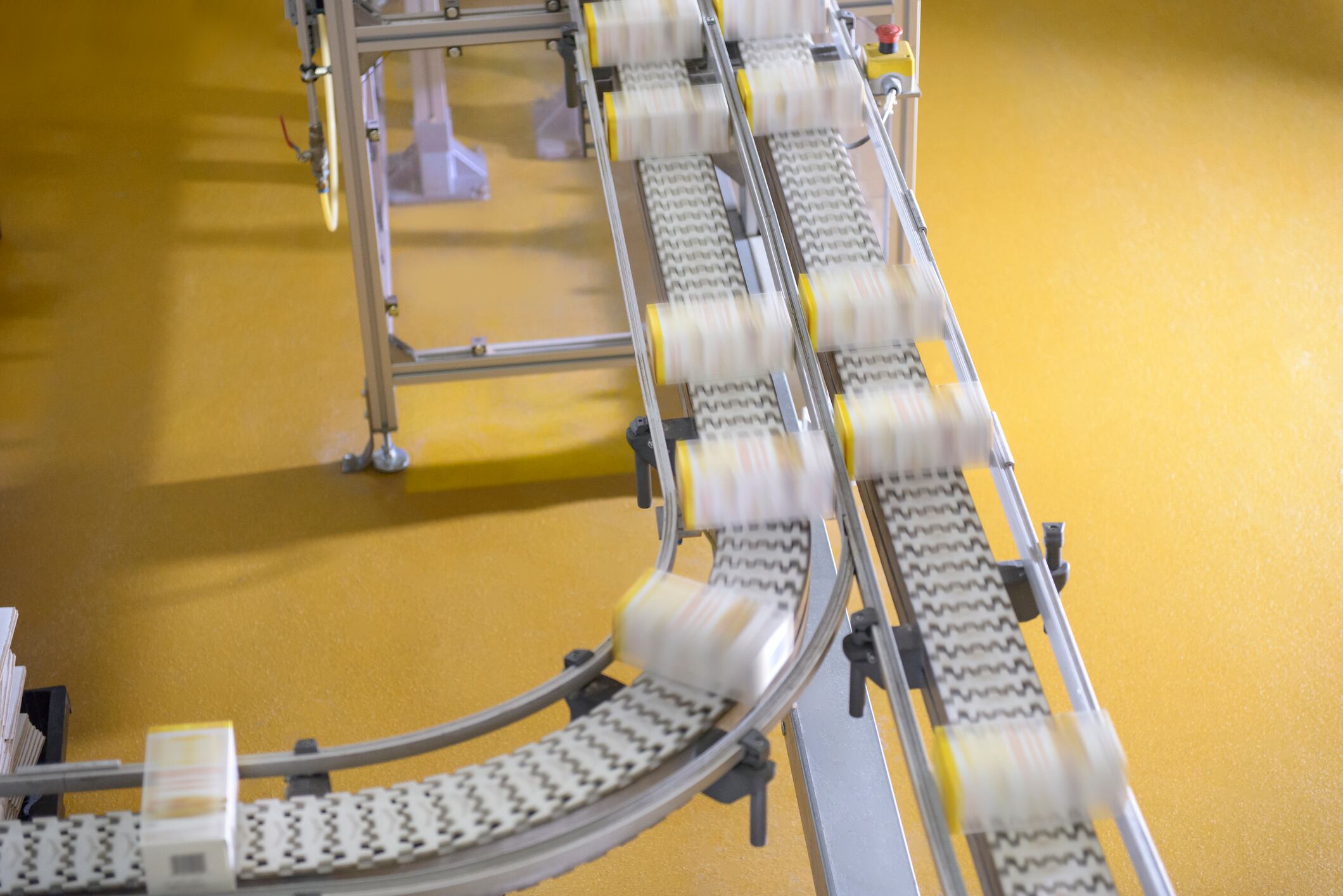Most of food producers are turning to robots to raise labour productivity, retain employees, and work with under-skilled staff where necessary.
Other motives for robotisation included lowering production costs by raising utilisation rates or lowering energy usage, generating more consistent output quality and providing a broader offering without jeopardizing economies of scale.
Manufacturers’ investment considerations also provided a window into where producers expected to place new robots in the production process. This included takes that still require a substantial level of human intervention, such as raw material handling, internal logistics and packaging operations.
“Given that new-generation robots like automated guided vehicles and collaborative robots are developed to work alongside humans, the range of possible applications on the factory floor is quickly increasing,” said Rabobank senior analyst for consumer foods Sebastiaan Schreijen.

Impact on production
Despite increased interest in robots to help ease the burden of staff shortages, concerns still remain surrounding how their introduction into the factory will impact the production process.
As Schreijen explains, robots require minimal production volumes in order to be affective, due to the high level of investment. This may have consequences for the long tail in the product assortment and could limit producers’ flexibility to pursue commercial opportunities.
“The typical payback period that food manufacturers apply for investments in robotisation is about three to five years,” Schreijen continued. “For strategic projects, that payback period may even be extended.
“Given that the investment level typically is higher than general capex requirements, producers are more wary of the mismatch between the cash outlay and the duration of supply contracts with their clients. Longer commitments of customers, such as food retailers, and/or innovation subsidies by the government may help to overcome this anxiety.”
Manufacturers may also be hesitant to go all in on investment into robots due to the required skillset of their staff to operate them. While production labour may be in short supply, digitally savvy personnel is even harder to find.
Physical constraints
“A last consideration around investment in robots concerns physical constraints – in older buildings, space is often too limited to safely deploy robots,” Schreijen added. “The investment in robotisation then depends on the timing of broader new construction plans.”
While the report highlighted manufacturers’ pursuit of robotisation with an emphasis on the production process itself, Schreijen was quick to remind business that there is more to robotisation than cost savings and higher productivity.
“Rather than using robots solely in the primary production process, robotising safety inspections or cleaning tasks could improve employees’ work satisfaction levels and thereby increase the employer’s attractiveness for current staff and new hires,” Schreijen concluded.
“On the basis of our survey – and the stress on the labour market we continue to see – we believe the theme of robotisation is not going away. We expect food processors to look even more deeply into solutions that will help their business to become more resilient in production and more agile toward customer demands.”
Meanwhile, automation is one of the biggest challenges for manufacturing businesses in the UK, with frustrations relating to cost, availability of staff and a lack of information major hurdles preventing adoption, according to a recent survey by Automate UK.




